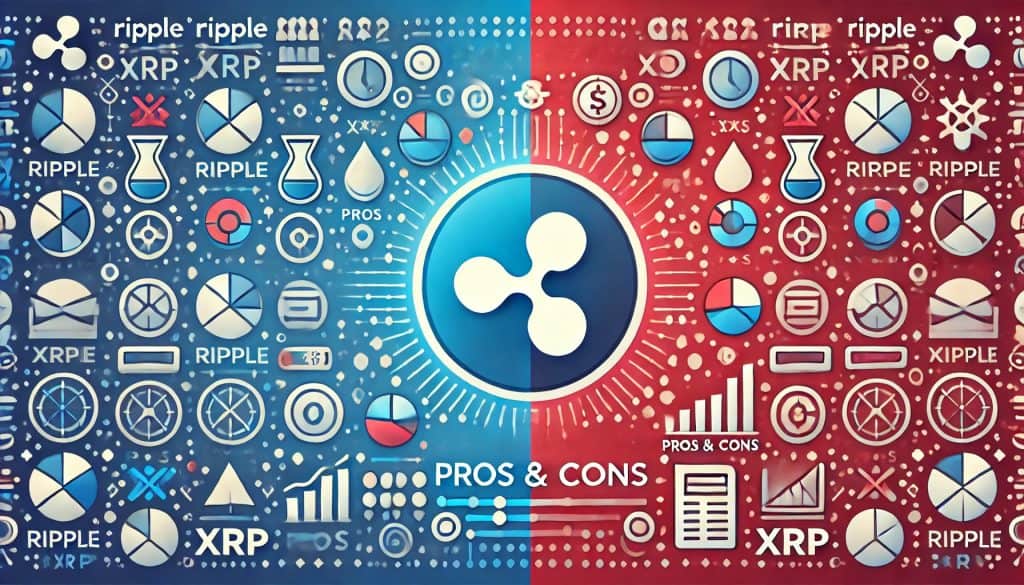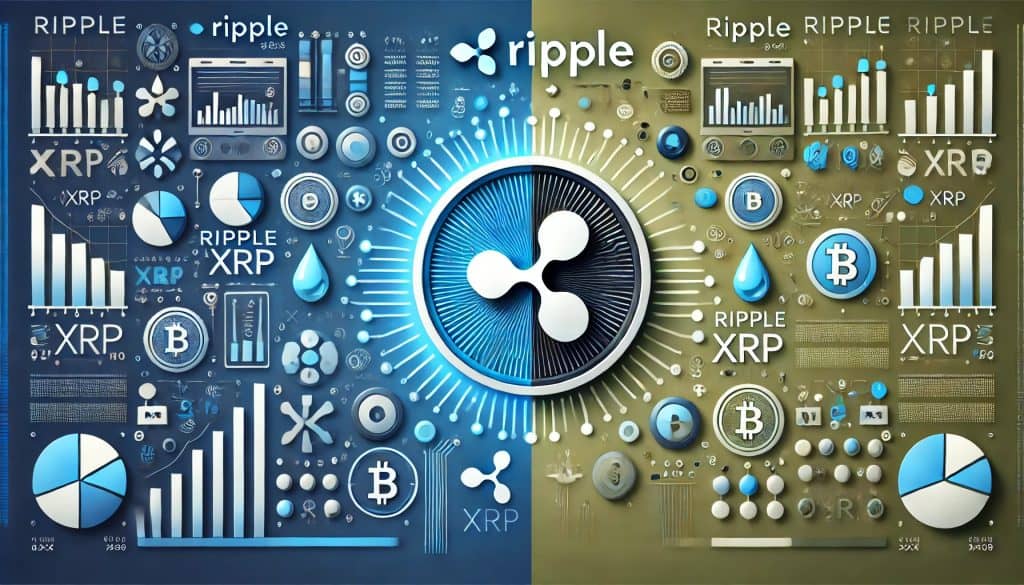
Introduction
Ripple (XRP) has been a major player in the cryptocurrency market for years, known for its unique consensus ledger and payment protocol. As investors and enthusiasts seek insight into its future performance, it’s important to understand its price forecast beyond 2024. This review provides a comprehensive look at Ripple’s potential trajectory, divided into expert analysis and predictions.
Overview
Ripple (XRP) is designed to facilitate fast and cost-effective cross-border transactions. Unlike traditional cryptocurrencies, Ripple is a hybrid in the cryptocurrency space because it aims to work with financial institutions.
Ripple (XRP) Key Features
| Features | Description | Benefits |
|---|---|---|
| Transaction speed | Settle transactions in seconds | Fast payments and transfers |
| Scalability | Process 1,500 transactions per second | Efficient for high volume usage |
| Cost. | Very low transaction fees | Cost-effective solutions for users |
Experts expect XRP to have a wide range of price movements, with some predicting it will hit $1 by 2025. With so many different perspectives on the future of XRP, it’s important to weigh the pros and cons of investing in this digital asset.
Ripple (XRP): Pros and Cons

Pros:
- Institutional adoption: Ripple’s partnerships with major financial institutions increase its credibility and potential for mass adoption.
- Transaction efficiency: Fast transaction speeds and low costs make XRP an attractive choice for cross-border payments.
- Market position: XRP consistently ranks among the top cryptocurrencies by market capitalization, indicating strong market interest and liquidity.
Cons:
- Regulatory challenges: Ongoing legal disputes, such as SEC lawsuits, create uncertainty and potential volatility around the price of XRP.
- Centralization concerns: Critics argue that Ripple’s control over XRP undermines the decentralization principle of blockchain technology.
- Competition: Other cryptocurrencies such as Stellar (XLM) and traditional financial systems pose significant competition to Ripple’s market share.
Ripple (XRP): A Deep Dive
Performance
Ripple (XRP) has shown resilience and growth despite market fluctuations. The coin’s performance is closely tied to its ability to address regulatory issues and expand its network of institutional partners.
Usability
The main use case for XRP is to facilitate real-time gross settlement systems, currency exchange, and remittance networks. Its efficiency in cross-border transactions makes it a good candidate for widespread use, especially in areas where traditional banking is less accessible.
Design.
Ripple’s protocol is designed for speed and efficiency. The consensus algorithm is different from traditional proof-of-work, but provides strong security and transaction verification.
Functionality
XRP’s capabilities extend beyond simple transactions. Ripple’s RippleNet provides a set of financial solutions, including liquidity management and fraud detection, that enhance XRP’s overall utility in the financial ecosystem.
Compare

Ripple is faster and more cost-effective than other cryptocurrencies like Stellar (XLM) and traditional payment systems like SWIFT. However, XLM offers similar benefits with a greater emphasis on decentralization. Traditional systems are reliable but lag far behind in transaction speed and cost, making Ripple a viable alternative.
Conclusion
Ripple (XRP) presents a mix of opportunities and challenges. Its strengths lie in transaction efficiency and institutional adoption, but concerns about regulatory hurdles and centralization cannot be ignored. For investors, XRP remains a viable option, especially if Ripple can resolve legal issues and continue to build strategic partnerships.
Ranking
4/5 – Ripple’s potential is significant, but regulatory uncertainty and competition dampen prospects.
FAQ
What is Ripple (XRP)?
Ripple (XRP) is a cryptocurrency designed for fast, low-cost cross-border transactions.
How does Ripple’s transaction speed compare to other cryptocurrencies?
Ripple’s transactions are settled in seconds, making it one of the fastest cryptocurrencies available.
What are the main benefits of using XRP?
The main benefits include transaction efficiency, low cost, and institutionalization.
See also
- News.az. (n.d.). XRP price prediction 2024-2030. Retrieved from https://news.az/news/xrp-price-prediction-2024-2030#:~:text=According%20to%20the%20technical%20analysis,price%20is%20expected%20around%20%240.812
- Motley Fool. (2024, July 29). Prediction: Ripple (XRP) will hit $1 by 2025. Retrieved from https://www.fool.com/investing/2024/07/29/prediction-ripple-xrp-will-hit-1-by-2025/
- Nasdaq. (n.d.). Should you buy Ripple (XRP) right now and hold through 2024 and beyond? Retrieved from https://www.nasdaq.com/articles/should-you-buy-ripple-xrp-right-now-100-and-hold-through-2024-and-beyond
- Forbes Advisor. (n.d.). XRP price prediction. Retrieved from https://www.forbes.com/advisor/au/investing/cryptocurrency/xrp-price-prediction/
- Coinpedia. (2024). XRP news: Ripple’s strategy unfolded at Las Vegas 2024 conference. Retrieved from https://coinpedia.org/news/xrp-news-ripples-strategy-unfolded-at-las-vegas-2024-conference/
